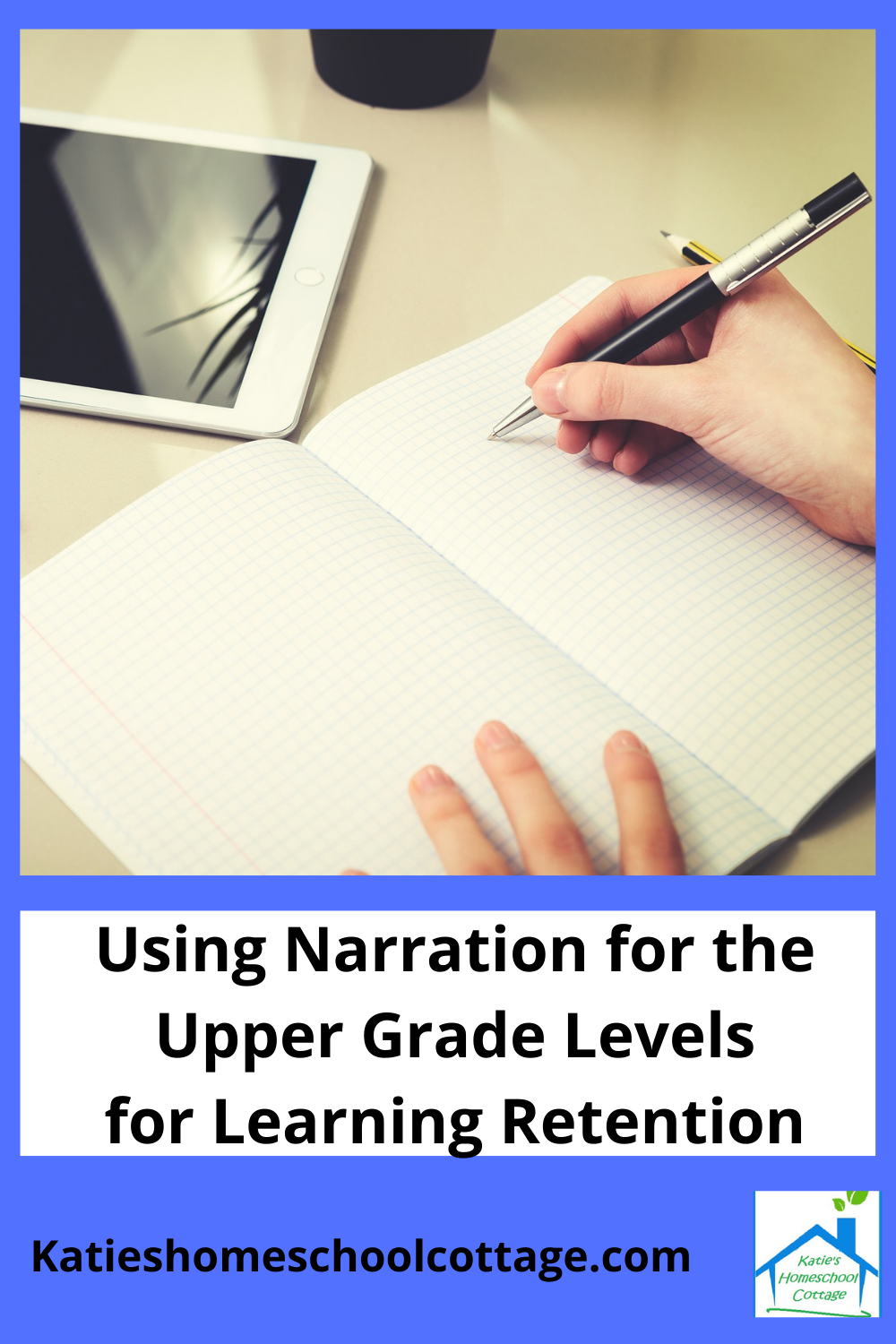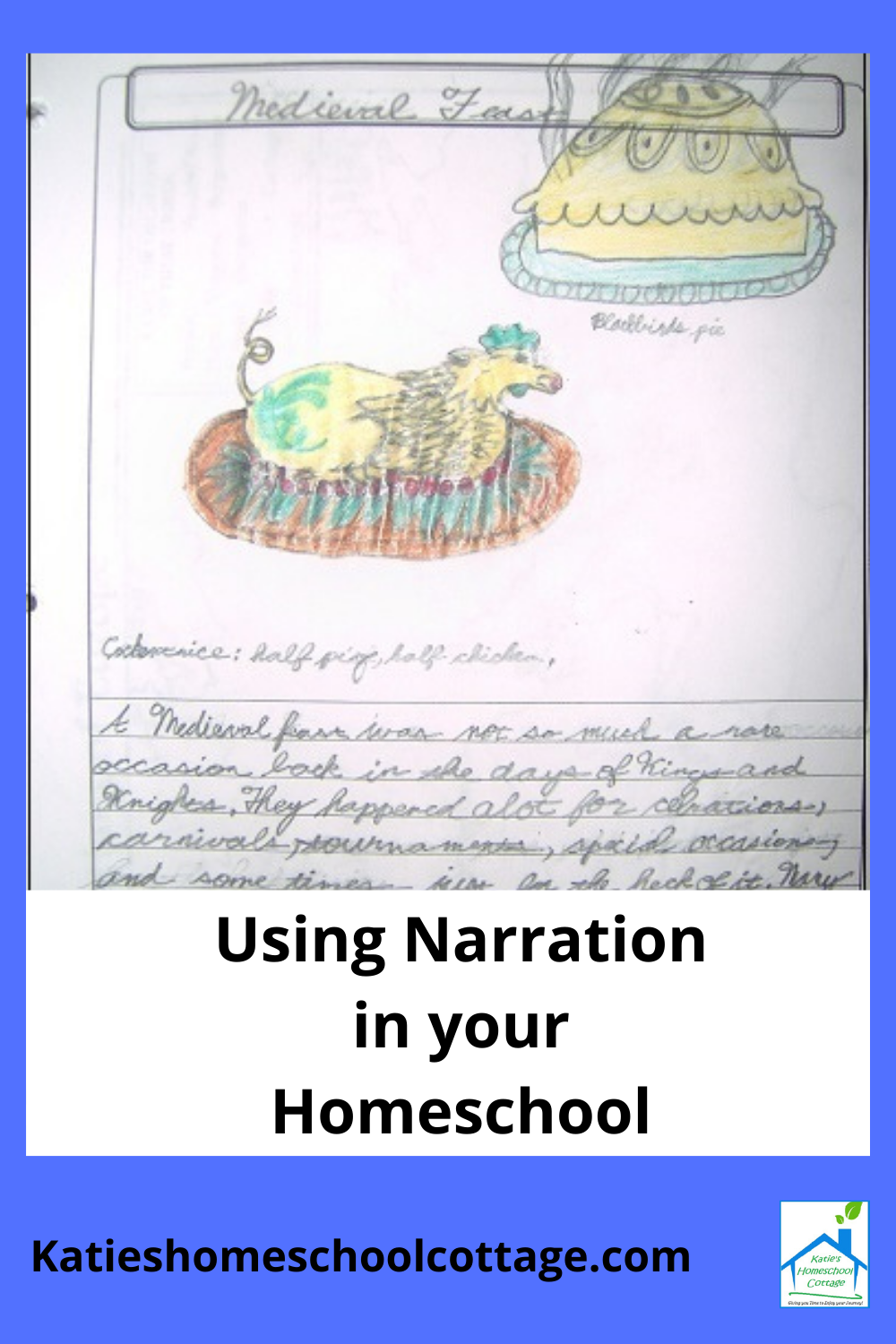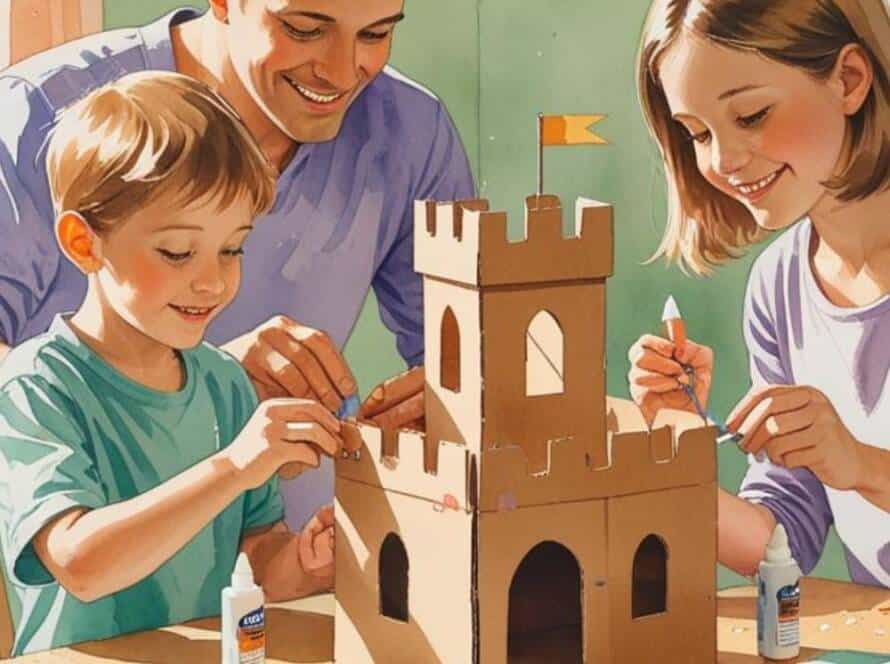Using Narration for the Upper Grade Levels to Retain Learning
I love using Charlotte Mason’s methods. I don’t profess to be an expert or even a “pure CM’er.” I am, though, a homeschool mom of two boys with very different learning styles, personalities, and talents. I have tried many different materials (my shelves and closets will back me up on this) and different teaching and learning methods. Now, after a number of years, I feel like we have found something that works for us. I enjoy using a lot of Charlotte Mason’s ideas, techniques, and philosophies – but unless I make them my own and tweak them so they are my comfortable way of doing things or my boys’ way of learning, these methods would not work as effectively for us as they do.
So, with fair warning to all those looking for “pure Charlotte Mason”, I would like to share with you some ways that we use narration in our homeschool that may be a little different than what Charlotte Mason might have had in mind.
Last week, I wrote about oral and written narration. I also included links that suggested creative ways to use narration other than completing notebooking pages.
This week, I would like to introduce the use of timelines and end of semester (or quarter) exams and high school essays through narration.
We do not avoid all forms of tests; it just hasn’t been a goal. We learn for the enjoyment with another goal of mastery, not a letter grade on a test. We do have however, oral quizzes periodically on vocabulary words, Spanish and Latin words, and science ( for my older son using Apologia) ( he makes flash cards for himself – he and I orally quiz from those in preparation for written tests for this program.)
You are probably beginning to see we use oral narration as a major technique in our assessment and evaluation. There are times it does not apply, as in math beyond simple computation skills and math facts. But alot of the time, oral narration is such a great means to evaluate your child’s knowledge and thinking skills, while giving him the practice in organizing and expressing his thoughts in a logical and coherent manner.
Our big evaluations or assessments are usually in our history study. We include literature, history, science, math, art, and music in our history study, so our periodic assessments include alot of subjects.
Oral Narration and Timelines
Our assessment takes the form of an oral narration as we place timeline figures onto our chronological timeline. We have long rolls of butcher paper with a line drawn through the middle. The top portion focuses on the western hemisphere and the lower half focuses on the eastern hemisphere.
Around what would be quarterly, we place timeline figures for what we have studied that quarter. As we place them chronologically, we take turns orally narrating what we have learned about that person or event. When a person is done, another does his own narration and adds new information or puts the information in his own words. By the end of the year, we have had about four oral exams covering most of what we have read in almost all subject areas.
We add to this timeline every year. When we are done homeschooling, each child will have a timeline from the creation of the world to the present day. We also will have revisited each time period at least twice and added to it with more timeline figures and narrations. You can use this idea for our timeline, or you can do the same kind of review and oral narration with a Book of Centuries.
Written Narration and Notebooking Pages
The other use of narration is for high school essay preparation. As my older son gets closer to high school, while he does his oral narration, I will ask him a question or two that requires him to use higher order thinking skills to develop his answer. The question pertains to what we have read aloud or what he has read alone, but he needs to interpret or analyze the reading to develop his answer. Sometimes the question addresses the reading and makes a comparison or contrasting statement, or asks for a cause and effect analysis of two events we have read about or two time periods we have studied.
Bundle of Notebooking Pages to Use for Different History and Science Studies
We used notebooking pages for these written narrations to document his knowledge and understanding of topics we studies. I have a number of notebooking page sets for different time periods in history and topic areas for science that you can get separately or purchase them all in a bundle at a lower price – Make Your Own ABC Book Bundle Set
This practice prepares my son to think about what he has read and then organize his thoughts, so he can coherently explain them. Then he can write them down after giving me his answer and we have discussed it from different angles.
This also gives us the opportunity to practice different kinds of essay formats, depending on his answer. For example, to write an answer that includes a comparison and a contrast of an event requires a different format than a paper where he describes a cause and effect.
To give you some ideas of questions to ask to get your older children orally narrating and writing more complex narrations, I’ve included some links where you can find some.
HippoCampus has different subject areas, some AP. If you click in the chapter sections and look at their discussion questions, you might get ideas for questions when reading about the same subject.
studentsfriend.com discusses use of thinking skills in the study of history and geography and looking at causal relationships among other types of questions.
constitution challenge – this site focuses on the constitution and is for grades 5-8, and poses questions in a game show format, but includes the idea of orally narrating your answers while using some higher order thinking skills.
Enjoy experimenting with the Charlotte Mason method and try out different ways to use her philosophies and ideas in your home school; you might be surprised by the results. I know I was! And, I like to think she would be pleased. My kids are and that’s what makes learning so enjoyable for us.
Using Copywork in your Homeschool is the next post to read in this series.
To see a list of other posts related to Charlotte Mason Homeschooling click here.






